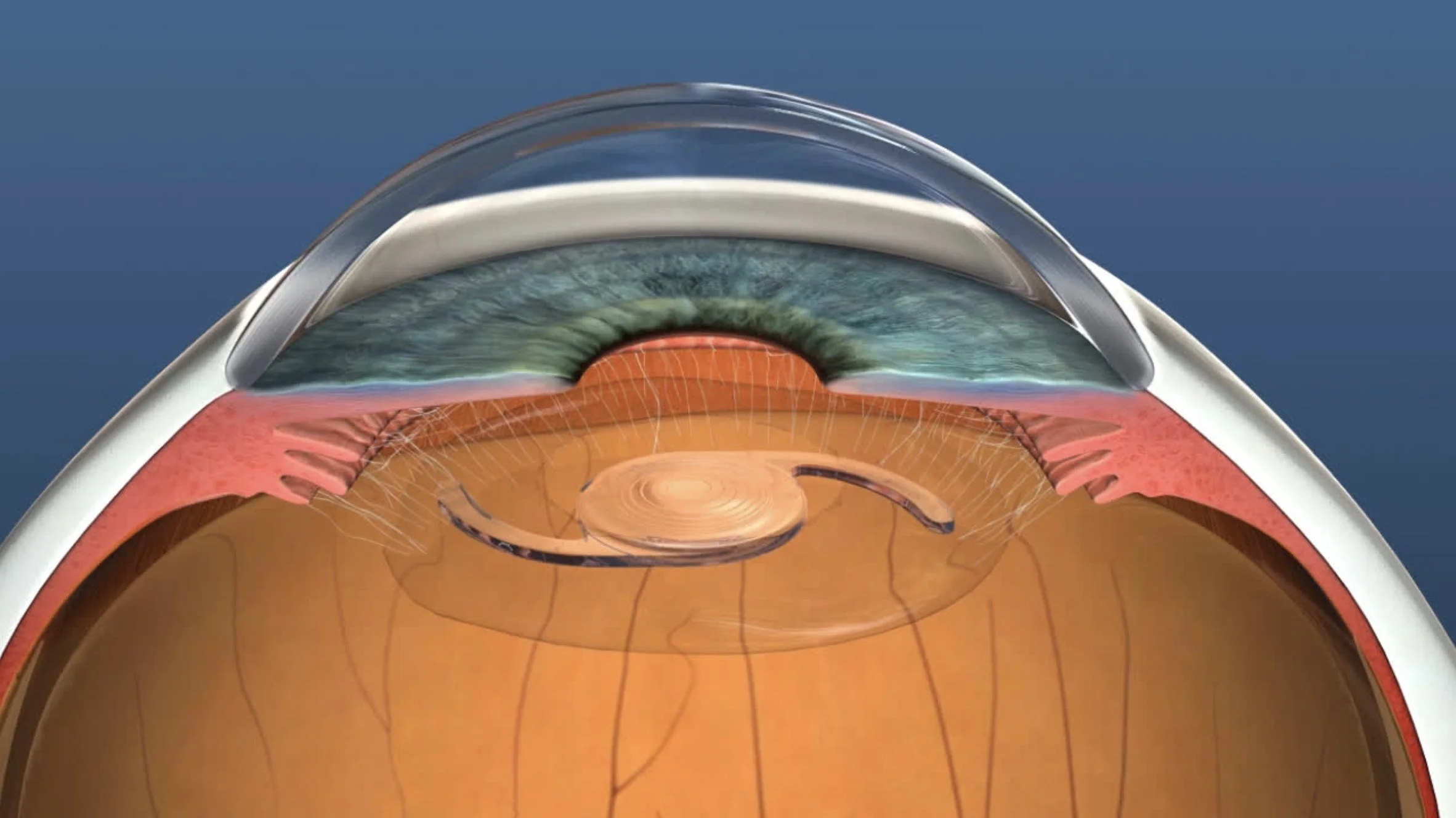Refractive Lens Exchange
Dr Ang uses microsurgical techniques to replace your natural lens with premium lenses that can treat short-sightedness (myopia), long-sightedness (hyperopia) and/or astigmatism.
What is Refractive Lens Exchange?
Refractive lens exchange (RLE) or “clear lens exchange”, replaces your natural lens with an artificial intraocular lens to correct your refractive error, reducing your need for glasses. This may be a better option than LASIK in people older than 50 years, or with hyperopia and/or presbyopia.
Presbyopia is the loss of ability to see up close as you get older. This occurs as the lens inside the eye gets stiffer with age, and can no longer change shape and focus for near. This process starts in most people in their 40s and will affect those with hyperopia (long-sightedness) sooner.
The procedure for RLE is virtually identical to cataract surgery. The difference is that in RLE the lens being removed is clear, compared to the cloudy lens due to cataract. Therefore patients who have RLE will never develop a cataract, as the natural lens has already been removed.
More information about Refractive Lens Exchange
How is RLE performed?
RLE is done as a day surgery procedure and takes about 10 minutes under local anaesthesia and intravenous sedation. Each eye is done on separate visits. The surgery involves making small, self-sealing incisions in the cornea. The lens is removed by a high frequency ultrasound process called phacoemulsification, and then the new intraocular lens in inserted into the eye. A clear plastic shield will be placed on your eye at the end of surgery.
RLE has high success rates and most people are very happy with the results.
However, as with any surgery there is a degree of risk and possibility of complications. These will be discussed with you and include: refractive surprise, capsular tear, dropped nucleus, inflammation, and infection.
What type of intraocular lens (IOL) implant will be used?
On the day of your consultation with Dr Ang you will have multiple measurements taken of your eyes. This information is used to accurately calculate what lens should be inserted into your eyes. The lens can be customised to your needs so that it incorporates your glasses script. The lens can correct myopia (near sightedness), hyperopia (far sightedness), astigmatism, and possibly presbyopia. The intraocular lens that is inserted into your eye lasts a lifetime and will not need to be replaced.
Dr Ang utilises the latest designs in IOLs including:
Monofocal lenses - Monofocal IOLs provide clear vision at distance, intermediate or near ranges — but not all three at once. Toric IOLs to correct astigmatism also are classified as monofocal IOLs. There is a new design of enhanced monofocal IOL as well.
Monovision - This is where a monofocal IOL is placed in one eye for distance vision, and in the other eye for intermediate or near vision.
Extended depth of focus lenses - These lenses provide a continuous range of vision from distance to intermediate.
Multifocal lenses - Trifocal lenses are highly specific and provide clear vision at distance, intermediate, and near vision.
Dr Ang will discuss with you the options during the preoperative consultation. Not all eyes may be suitable for a particular lens, and the choice also depends on your visual needs. There are pros and cons of each lens type, and Dr Ang will recommend what she feels is the best option for your eyes and for you.
What is the recovery like after refractive lens exchange?
The recovery after refractive lens exchange is very quick and most people are already seeing much better the next day. The vision continues to improve over the next few days and stabilise over the next few weeks. There may be some temporary visual phenomena such as shimmering or flickering on the side your vision, some glare, or a ‘scratchy’ sensation as the eye heals.
You will have a clear plastic shield placed on your eye after surgery, and this can be removed the following morning. There will also be some medicated drops for you to use for several weeks after the surgery.


